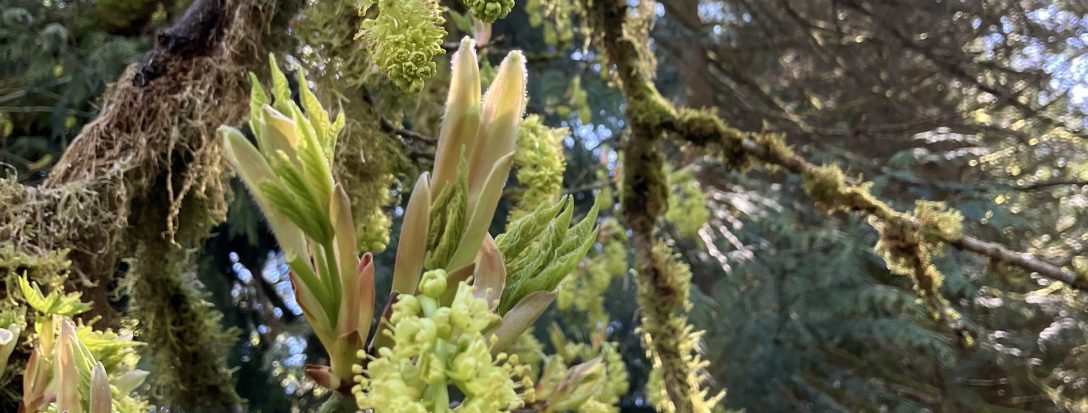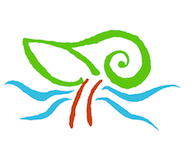Slow=conserve
Fast=burn
These two simple factors will measure anything you’re in wonder about regarding ecological consumption and what actions are pure wash of greening. Take the bus, bicycle, footpath, when you leave home- or how far do you drive? How often? Flying is in it’s own category-obscene consumption. What about transport of all your acquisitions? They have taken- multiple boats, planes, trains, and trucks to get to your front door (convenience). This is step one of the great flawed techno-solution scramble we’re all missing in our daily intake. Understand that much of this problem is orchestrated on purpose to perpetuate need. If it’s all right around us, we don’t have to reach far. Local vs. global, but we went global with extraction and pulled all the supply chains together into a huge, heavy net; choking the planet with billions of shipping containers. Convenience is killing us.
Why are we not thinking about how to reduce driving? It would mean redesigning whole city layouts, developing rural public transit, and actually cultivating thoughtful action in our communities to plan group travel and ride share. Instead, we’re spending billions on driver-less cars. What a waste of energy to perpetuate individual use- which makes us all buy more. That’s the key challenge to any change for the better in our transit- greed. Corporations don’t make money on public transit, but what if we prioritized transportation for our economy as a whole? What if developments had to plan foot access to major food, medical, and greater transportation needs? All this can be done, and paid for- if we shifted priority away from selfish to flourish, and held corporate development and personal greed (in all ourselves) responsible. Get ready to embrace some real vision shift.
Could mining take the last of these finite resources and use them to develop great public transport to shift our cities away from self driving cars? What if a bus came every half hour to a stop less that 10 min walk from your house- would you take it? What if gas cost 10x the price of a bus ticket- you would then, and gladly- but you’re right- there’s not a bus every half hour- at least not here in Duvall- yet! But we do have a local bus rout you can reserve a seat on, and the shuttle will come by your house to pick you up with a reservation. Seattle Light Rail is coming to the next town over from us, which will make it possible to get a direct ride to the city, and major international airport too. Just for the record- flying is tons (literally CO2 tons) more footprint than driving, and would be the largest annual saving of carbon emissions after not having children, which is #1. But back in Duvall, I know bus routs will grow here in our small town as more housing developments grow, and Light Rail expands, so we’ll have access in the next few years. Right now, it would take me 3 hours and 4 buses to get to Seattle from home. That’s not viable for a job in the city, but I work from home. If more of us did that, we’d also help decongest roads.
Smart urban development will also assist us in building a better world to live in together. But we have to support the change we want to see. This is where local planning meetings in your town are crucial to partake in. Here in Duvall, we have a 60 year plan of development mapped and activated. It’s frightening, but in hand with larger county planning, which has asked smaller towns to spread out and make room, while in Seattle, high-rise apartment complexes grow. It does forever change the feel of Seattle, but allows for the population growth without urban sprawl in an already constrained urban footprint- surrounded by water on two sides. While Seattle grows up, Duvall grows out- to a point, but rural unincorporated lands like EEC Forest Stewardship will remain undeveloped- if properly set up to prevent building in future. A land owner can do that here in Washington, by selling their development rights to the county, which then uses them to develop in highly urban density locations. Click HERE to learn more.
Stop building new infrastructure until we can afford to maintain what we already have. I watch oil extraction open new wells without cleaning up the old ones they abandon- that should be illegal. New roads are paved as old ones rot away and cost billions to repair. The new roads only add to a city’s cost woes in the long run, but bad development like this is perpetuated by poor planning and short term greed. When we can mend and make do- we should! The real “green” revolution is led by up and coming generations who don’t have cars, live with their parents- because housing is unaffordable and multi-family homes are a real green deal. If we can address housing, transportation, and basic necessities for pedestrians, we could save so much in resources, we might be able to address some other outstanding consumption addictions, like highly processed foods, and people having no time to cook for themselves. I’ll save natural gas stoves for another talk another time, but think about what you plug in and do not think that plug is a green out for your consumer troubles. That electric grid is still coal, oil, and diesel run- and all the rare earth minerals which go into our technologies is killing us and our planet.
So when you can- share a ride, ask for better access on foot, plan your shopping in a localized way, ask for smart urban development, and ask what you can cut from your consumption addiction. Take the train, bus, or carpool when you can. Don’t get more plug-in things to fill your wall sockets. Don’t buy into green wash. Call it out when someone is trying to sell you such crock. Move towards a lifestyle which uses less driving, more home grown, and local economy whenever possible. Remember your life before Amazon? Get off the addictive buying screen and get out in the world on foot to discover what you really need- then discover your food desert neighborhood, or a mile down and back up a nice ridge to acquire trucked in groceries, and some local farm products when available. There would be a heck of a lot of walking- but also a hauling challenge, hence the car- I know, but what if wagons returned electric (locally cycling off our river’s current) public transport up and down the main hill? Maybe bicycles? Back to all this walking, realize modern foot wear sucks and start designing a wearable shoe not made from industrial extraction materials- hmm… Food for thought. Thanks as always for reading this and reflecting.


























